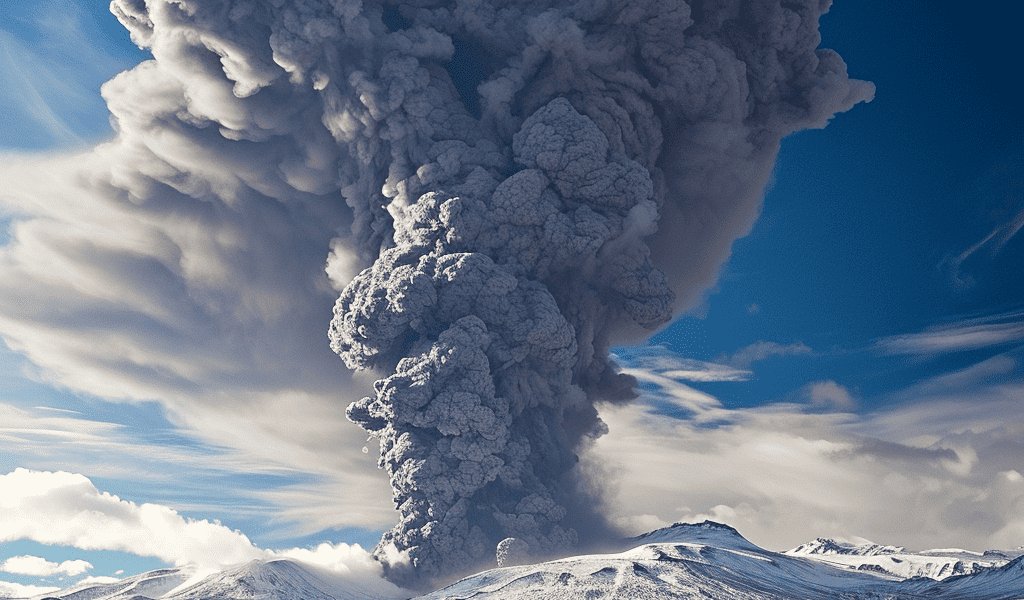Particles Flutter as They Fall
January 19, 2024 – Physics 17, 9
Experiments with small falling particles show that their orientations oscillate, which may help explain the settling of volcanic ash and the formation of snow.
Look out below. Ash from a volcano can be transported long distances before settling to the ground, as in this eruption of Eyjafjallajökull in Iceland. A new study of falling particles reveals tilting oscillations, which could affect the settling behavior of volcanic ash and other airborne particles.
Ice crystals and volcanic ash fall through the atmosphere in a complicated way that has been hard to capture experimentally. A new lab experiment has photographed the descent of nonspherical plastic particles that were fabricated to resemble natural particles. The images reveal oscillations in the particles’ orientations as they flitter downward. The results could help in modeling the formation of snow and the transparency of clouds, which is important for weather and climate models.
In order to study how micrometer-sized particles fall in the atmosphere, researchers must address the challenge of zooming in on the particles as they pass quickly in front of the camera. Gholamhossein Bagheri from the Max Planck Institute for Dynamics and Self-Organization in Germany explains that the field of view is so small that there is a very limited chance to see the particle for a long trajectory. Previously, researchers attempted to solve this problem by performing experiments in water with easier-to-view centimeter-sized particles. The water slows the particle motion, but the ratio of particle size to fluid viscosity remains roughly the same for larger, waterborne particles as for smaller, airborne particles. This correspondence between the two situations implies that water-based experiments can offer information about the speed and orientation of falling particles in the atmosphere.
However, the water-based experiments cannot reproduce a key parameter in the atmosphere: the ratio of the density of a particle to that of the surrounding fluid. The relatively low density of air means that it is less resistant to particle motion—such as rotation—than water. To explore the effect of air’s lower fluid resistance, Bagheri and his colleagues have now performed experiments with objects falling in air using a high-speed camera to capture the particles’ motion.





